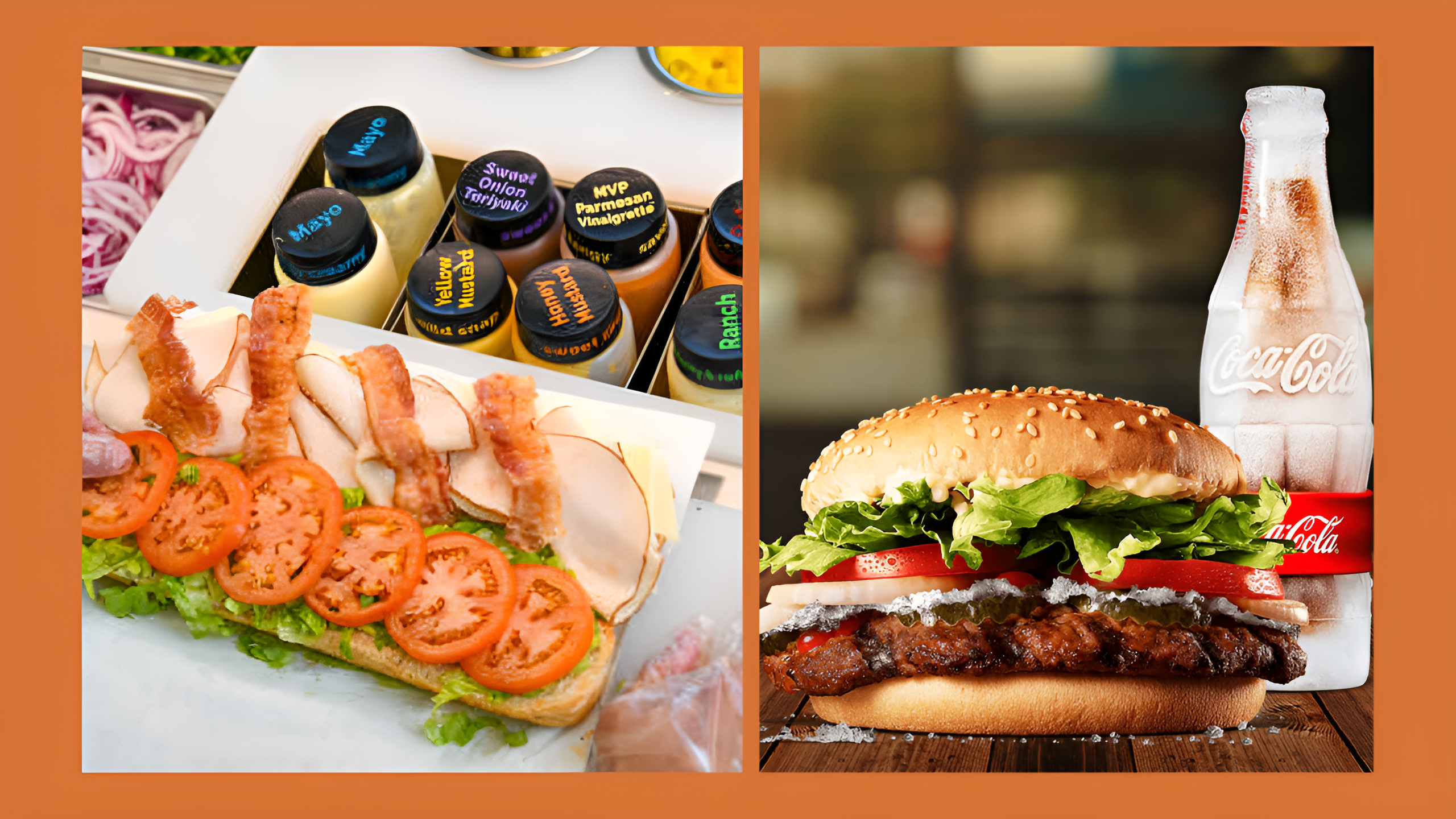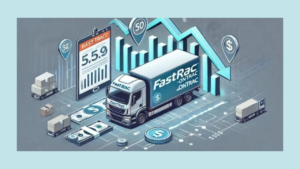Fast Food Operator Chapter 11: Navigating Bankruptcy Challenges
The fast-food industry has long been a cornerstone of global dining, offering quick and affordable meals to consumers worldwide. However, in recent years, many operators have faced severe financial strain, with some resorting to Chapter 11 bankruptcy to restructure their businesses and recover from mounting debts. Chapter 11 offers companies a chance to reorganize while continuing operations, providing a lifeline for those struggling in a competitive and ever-changing market. This article explores the causes leading to Chapter 11 filings among fast-food operators, the implications for stakeholders, and potential pathways to recovery.
What Is Chapter 11 Bankruptcy?
Chapter 11 bankruptcy is a legal process in the United States that allows businesses to restructure their debts under court supervision while remaining operational. Unlike Chapter 7, which involves liquidating assets to pay off creditors, Chapter 11 provides a framework for companies to reorganize and develop a plan to regain profitability. This process is widespread in industries with high fixed costs and slim margins, such as fast food, where even minor economic disruptions can have severe consequences.
Filing for Chapter 11 can provide breathing room for companies to renegotiate leases, restructure debt, and implement operational changes. However, it is not without challenges, as businesses must convince creditors and the court of their ability to emerge successfully from bankruptcy. The process can take months or even years; not all companies make it through.
Why Are Fast Food Operators Filing for Chapter 11?
Rising Operational Costs
One of the primary drivers of Chapter 11 filings in the fast-food industry is the rising cost of doing business. Labour costs have increased significantly due to minimum wage hikes and a shortage of workers, forcing many operators to offer higher wages and benefits to attract and retain staff. At the same time, the cost of raw materials has surged, driven by supply chain disruptions, inflation, and increased demand for specific food items.
Real estate costs also play a significant role. Many fast-food operators lease their locations, and rising rents in prime areas have further strained profit margins. These challenges are compounded by the need to invest in technology and infrastructure to remain competitive, such as upgrading point-of-sale systems or developing mobile ordering platforms.
Shifts in Consumer Preferences
The fast-food industry has seen a noticeable shift in consumer preferences over the past decade. Customers now demand healthier options, environmentally sustainable practices, and greater ingredient transparency. Traditional fast-food chains that have been slow to adapt to these trends have struggled to maintain market share as newer, health-focused brands capture the attention of younger consumers.
Increased Competition
Competition in the fast-food sector has reached unprecedented levels, with an explosion of dining options available to consumers. Beyond traditional fast-food chains, customers can now access fast-casual restaurants, food delivery apps, and meal kit services. This has fragmented the market, making it harder for individual operators to attract a loyal customer base. Additionally, the rise of ghost kitchens—facilities that prepare food exclusively for delivery—has introduced a new layer of competition, further eroding traditional operators’ market share.
Impact of External Events
External factors such as economic downturns, pandemics, and geopolitical instability have also significantly pushed some fast-food operators to the brink. The COVID-19 pandemic, for instance, led to widespread closures and a dramatic drop in foot traffic, leaving many restaurants unable to cover their fixed costs. While some chains successfully pivoted to delivery and takeout models, others struggled to adapt, resulting in significant financial losses.
Implications of Chapter 11 Filings
Effects on Employees
Chapter 11 filings often lead to uncertainty for employees. While the goal is to keep the business operational, restructuring plans frequently involve layoffs, reduced hours, or changes to benefits. For employees of franchise-operated chains, the impact can be even more pronounced, as franchisees may choose to close underperforming locations entirely.
Impact on Franchisees and Suppliers
Franchisees who operate individual restaurant locations under a parent company’s brand may face significant financial challenges during a Chapter 11 filing. In some cases, the parent company may renegotiate franchise agreements, increasing fees or altering terms to place additional strain on franchisees. Suppliers are also affected, as payment delays or renegotiated contracts can disrupt their cash flow and operations.
Customer Experience
For customers, Chapter 11 filings can lead to noticeable changes in their dining experience. Menu offerings may be streamlined to reduce costs, and some locations may close, particularly those underperforming. While the ultimate goal of Chapter 11 is to stabilize the business, these short-term disruptions can affect customer loyalty and brand perception.
Strategies for Recovery
To emerge successfully from Chapter 11, fast-food operators must implement financial, operational, and strategic changes. Some of the most effective strategies include:
Streamlining Operations
Many operators use the Chapter 11 process to close underperforming locations, renegotiate leases, and optimize their supply chains. By focusing on profitable markets and reducing overhead, businesses can improve their financial health while maintaining a strong presence in key areas.
Menu Innovation
Adapting to changing consumer preferences is essential for long-term success. This often involves introducing healthier menu items, offering plant-based options, or catering to specific dietary needs. Additionally, limited-time promotions and seasonal offerings can help attract new customers and generate buzz.
Investing in Technology
Digital transformation is no longer optional in the fast-food industry. Operators must invest in mobile ordering, delivery partnerships, and loyalty programs to remain competitive. Technology can also streamline operations, such as through automated kitchens or advanced analytics that optimize inventory management.
Strengthening Brand Identity
A strong brand identity is crucial in a crowded market. Operators should focus on what sets them apart, whether it’s a commitment to sustainability, a unique menu, or exceptional customer service. Clear and consistent messaging can help build customer loyalty and attract new patrons.
Lessons for the Industry
The rise in Chapter 11 filings among fast-food operators is a wake-up call for the industry. To thrive in today’s challenging environment, businesses must be agile, innovative, and responsive to consumer needs. While bankruptcy can provide a second chance, it is not a guarantee of success, and companies that fail to address underlying issues are likely to face continued struggles.
FAQ: Fast Food Operator Chapter 11
1. What is Chapter 11 bankruptcy?
Chapter 11 bankruptcy is a legal process that allows businesses to restructure their debts while continuing operations. It is often used by companies facing temporary financial challenges but with a viable recovery plan.
2. Why are fast-food operators filing for Chapter 11?
Fast-food operators are filing for Chapter 11 due to rising operational costs, shifts in consumer preferences, increased competition, and external events like the COVID-19 pandemic. These factors have significantly strained profit margins and cash flow.
3. How does Chapter 11 affect employees?
Employees may face uncertainty during a Chapter 11 filing, with potential layoffs, reduced hours, or changes to benefits as the company restructures.
4. What strategies can help fast-food operators recover?
Key strategies include streamlining operations, introducing innovative menu items, investing in technology, and strengthening brand identity to better compete in the market.
5. What are the long-term implications for the industry?
The rise in Chapter 11 filings highlights the need for agility and innovation in the fast-food sector. Companies must adapt to changing consumer preferences, economic conditions, and technological advancements to remain competitive.
Conclusion
Chapter 11 bankruptcy represents both a challenge and an opportunity for fast-food operators. While the process is complex and fraught with risks, it provides a pathway to financial recovery and long-term sustainability. By addressing the underlying issues that led to bankruptcy and embracing innovation, fast-food operators can navigate these challenges and emerge stronger than ever.
Read More: Celebrating Chilaquiles.












Post Comment